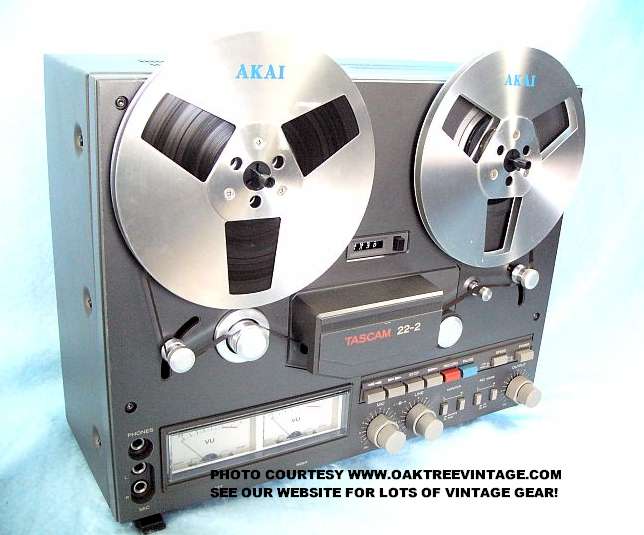Spectrum analyzer: agreed with MoreSpaceEcho that in the end, it's just a thing of ears and "listen" - but along the way it can be very informative to cultivate a learning-based feedback loop of viewing the spectrum to direct your ears to problematic or nice frequency areas, and listening to better learn what may be helpful in the information the spectrum is telling you. But it's always ears in the end. Sometimes a spectrum looks even (and therefore should be "fine" if spectrum views really were any final arbiter of good sound) but some areas sound crappy and *should* be thinned out. Sometimes a spectrum may look totally wonky, but sounds awesome and should be just how it is.lee wrote:[It's the author again. Thanks everyone for your advice so far. For real.]
What about a spectrum analyzer? Do you guys think that it's a bad idea to use one in the mixing process? I've been using them on each individual track to see if there is anything weird happening in the sub-lows, to see where to roll it off, but as for the rest of the spectrum, what do you think? When is a good time to use one?
And as for reverb and delay, let me put it this way, do most reverb plug-ins sound bad or am I just terrible at dialing them in! I like how it gives a real sense of 3-dimensionality, but it always comes with a little cheese. Do you think that reverb in mastering should put the band "In a room", and reverb in mixing should be used as, for the lack of a better word, an effect?
Thanks again!
Most efficient workflow for me (YMMV) - is leaving one spectrum analyzer on the main 2 bus all the time. Only looking at it some of the time, as needed. If individual tracks need scrutinized, just hit solo. It's faster than popping them into tracks, and uses less cpu.
And yes - most reverb plugins sound bad. I'm a reverb and delay freak and very fussy about that - I mix a lot of post-darkwave and art-rock and pop-psych sort of stuff, and ambience has to be really extra cool or it doesn't cut it. Ideally, having a few good outboard for-real reverbs makes a world of difference (springs, and good algo reverbs). Some plugins do make the cut though, when used alongside some hardware: Valhalla Room, Shimmer, and Ubermod - Soundtoys Echoboy (can do verbs too) - Aether, TSAR - and the Lexicon PCM suite if you can justify the outlay.
Agreed w/ MoreSpaceEcho - it's really rare that reverb is added in mastering - and even if so, it's usually the most subliminal little unobtrusive brushstroke. Reverb (and an overall sense of "putting a band in a room") really should be right in the mix.
And thanks, jgimbel! - "where things sound weird but I can't figure out why" - agreed, sometimes I'll get raw tracks to mix, bring them up at reasonable proportional volume, and go "oh gawd, what a pile of incomprehensible muck, maybe this is finally the song I'm going to totally fail to get a nice mix on - my ears are so confused I don't even know where to start" - discouraged and demoralized then, but with due diligence, I'll go down through tracks in order of prominence and do the "cut the uglies" thing and then surface later and listen to them together again - 90% of the time, then it's "oh yeah, no big deal any more, easy to see the way forward, let's just frame all these pieces nicely as per usual".


